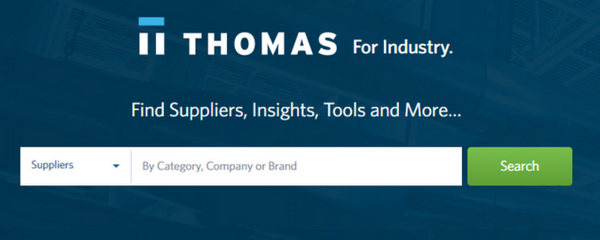Driving Compliance And Cleaning Up Your Tail
Michael Croasdale April 26, 2017
Tail spend optimization can be the key to reducing costs and increasing the overall performance of your supply chain. However, many organizations fail to properly analyze their tail spend, or they don't take the proper measures to clean it up and ensure compliance.
Fortunately, there are some proven methods you can use to clean up your tail.

What Is Tail Spend?
When ranking suppliers based on annual spend, smaller suppliers typically account for about 20% of total spend, but they make up about 80% of the total supply base. This is the "tail" of the supply chain.
Start With Establishing Preferred Supplier Agreements
Tail spend optimization begins with the development of preferred supplier agreements. Unfortunately, this is where the process ends for most organizations.
However, an organization cannot just put an agreement in place and expect it to be followed, especially if there are numerous locations and buyers that need to change their purchasing patterns to be compliant with the new guidelines.
In order to achieve compliance and measure savings and impact for cleaning up the tail, organizations must go further.
Develop a Communication Plan
A buyer isn’t going to purchase from a preferred supplier unless they know who the supplier is, and site management isn’t going to support the use of a preferred supplier unless they understand the value that the supplier is bringing to their location and the organization. Therefore, an effective communication plan should include all stakeholders impacted by the change.
In addition, communications need to be bidirectional; if you can’t gather feedback from the end users you will not be able to address issues and work with preferred suppliers to develop a plan of corrective action. Every implementation is going to have its challenges, but being able to react and adapt along the way is ultimately going to dictate success or failure.
Often times, I find it best to disseminate information in a top down fashion. This way all downstream stakeholders understand that the messaging is coming from the C-Level, illustrating that it has their stamp of approval.
Review Tail Spend
In order to effectively drive compliance and clean up your tail there are key questions that need to be answered.
- Who are the sites using now?
- Why are they using them?
- What types of products/services are these supplier providing?
- Can the preferred supplier provide these types of products/services?
- Does utilizing the preferred supplier have value?
If you haven’t already done so, find out who the sites are using today by looking at purchase history data (such as general ledger) or by interviewing the stakeholders at the facility. Then, categorize the suppliers to understand how feasible it would be to consolidate spend under one of your preferred agreements.
It’s also important to take into consideration if the facility is using a supplier for a specialized product or service, or if they offer a value add that they have found hard for other suppliers to match. Products, services and value-adds need to be communicated with the preferred supplier to understand if it aligns with their capabilities. If it does, you can move to the next step of determining quantifiable value; if not, you may want to look elsewhere for spend consolidation.
Quantifying Savings
Quantifying the savings achieved from tail spend optimizations is essential to measuring its success or failure, and to implementing continuous improvement. To accomplish this, you must gather the line-item purchase history made with tail suppliers. Your preferred supplier should then quote the purchase history based on the current contract.
This exercise will allow you to convey to your stakeholders the value the preferred contract and quantify additional savings achieved under the preferred supplier agreement. If all stakeholders understand the quantifiable value the preferred agreement brings to the table they are much more likely to be in compliance with the agreement.
These are just some pointers to help with the process of cleaning up tail spend and driving compliance. However, each situation is unique and needs to be approached on a case-by-case basis. It’s important to develop a solution that best fits your organization.
Did you find this useful?









